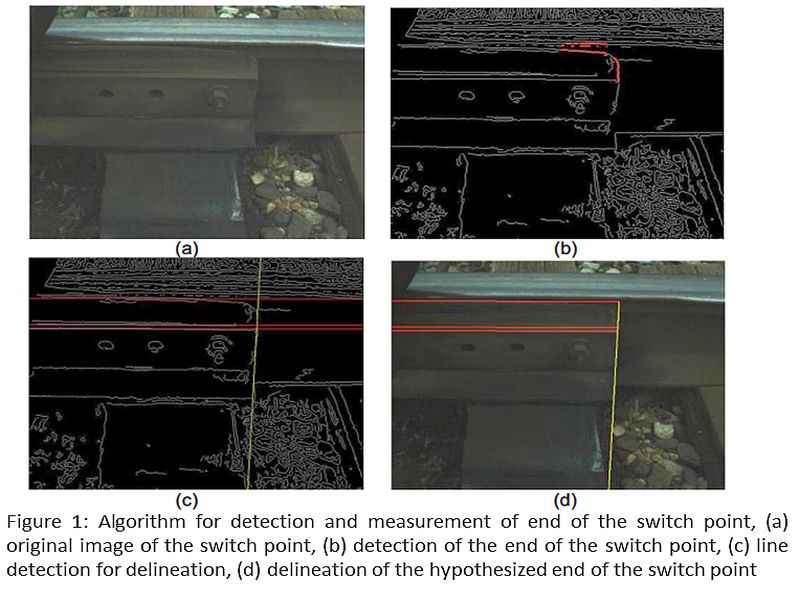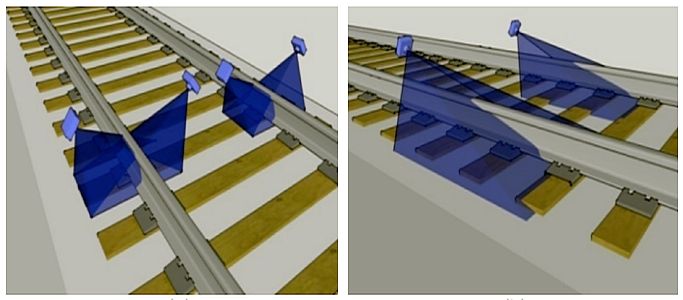North American railroads and the United States Department of Transportation (US DOT) Federal Railroad Administration (FRA) require periodic inspection of railway infrastructure to ensure safe railway operation. The primary focus of this research is the inspection of North American Class I railroad mainline and sidings, as these generally experience the highest traffic densities. Tracks that are subjected to heavy-haul traffic necessitate frequent inspection and have more intensive maintenance requirements, leaving railroads with less time to accomplish these inspections. To improve the current (primarily manual) inspection process in an efficient and cost effective manner, machine vision technology can be developed and used as a robust alternative. The machine vision system consists of a video acquisition system for recording digital images, a mobile rail platform for allowing video capture in the field, and custom designed algorithms to identify defects and symptomatic conditions from these images. Results of previously developed inspection algorithms have shown good reliability in identifying cut spikes and rail anchors from field-acquired videos. The focus of this paper is the development of machine vision algorithms designed to recognize turnout components and inspect them for defects. In order to prioritize which turnout components are the most critical for the safe operation of trains, a risk-based analysis of the FRA accident database has been performed. From these prioritized turnout components, those that are best suited for vision-based inspection are being further investigated. Future analysis of the machine vision system results, in conjunction with a comparison of historical data, will enhance the ability for longer-term proactive assessment of the health of the track system and its components.
Results
This detection and measurement algorithm is demonstrated on the point of the switch shown in Figure 1.

Experimental results show an accuracy of 100% for the base-of-rail localization using the lateral view, and 76% for the over-the-rail-view. In the case of spikes, both views resulted in 71% accuracy for spike head localization. For individual components, 93% of the ties were detected without false positives in the lateral view. For over-the-rail view, all ties were detected, however 8% of the detected ties were false positives. Finally, 100% of the anchors were detected (100% recall), however only 80% of objects that were detected as “anchors” were in fact anchors (80% precision).
- J. M. Hart, L. F. Molina, E. Resendiz, J. R. Edwards, N. Ahuja and C. P. L. Barkan, “Development of a Machine Vision System for the Inspection of Heavy-Haul Railway Turnout and Track Components,” Proceedings of International Heavy Haul Association Conference (IHHA), Calgary, Canada, June 2011.
